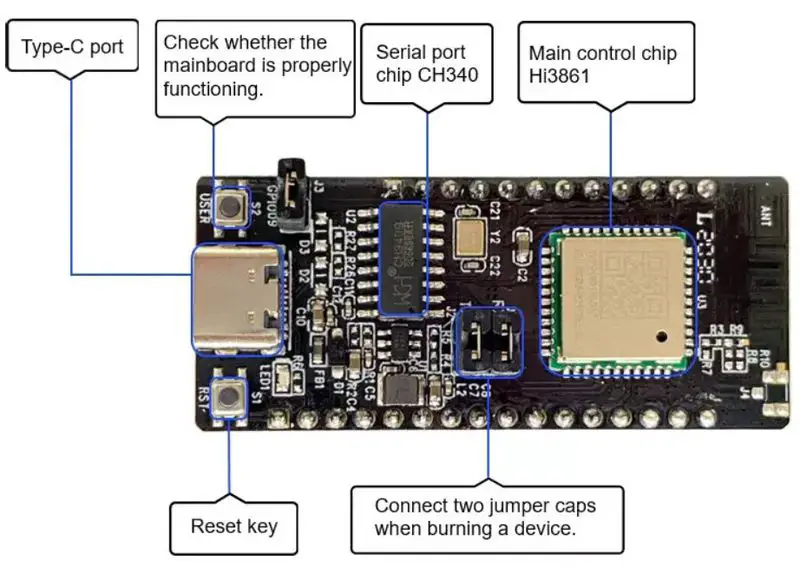Huawei has presented its first RISC-V development through HiSilicon, the subsidiary specialized in semiconductor design and development. In this way, the most promising architecture among those aspiring to produce viable and large-scale Open Source chips continues to add manufacturers.
Huawei also goes RISC-V with the HiSilicon Hi3861
Since the Trump administration blacklisted Huawei (without public proof of the accusations of espionage and collusion with the Chinese government), the company has had a hard time maintaining its business model. Especially in smartphone sales where the drop in sales has been terrible.
The block on the use of third-party technology has made HiSilicon’s efforts to manufacture processors based on ARM architecture unfeasible, as US sanctions also applied to these licenses. Huawei has had to turn to alternative technologies and has announced HiSilicon Hi3861, its first development based on the RISC-V architecture.
This represents an important step for Huawei to achieve independence in manufacturing proprietary chips, as RISC-V is a completely free and open-source ISA where no political roadblocks come in.
The performance of the HiSilicon Hi3861 will not thrill any consumer, as it is based on a low-power 32-bit microprocessor running at a frequency of 160MHz. It is dedicated to IoT devices and we assume that the Huawei subsidiary will produce other more powerful developments in the future.

The importance of the announcement is that this promising hardware architecture, in which major industry players are participating, is constantly adding new members. The architecture aims to follow the successful open-source movement that has revolutionized software development in the hardware field, producing Open Source processors as an alternative in some fields of use to ARM and also to the x86 chip producers, Intel and AMD, omnipresent in personal computers and servers for the last four decades.
RISC-V is currently a niche focused on the development and far from the consumer market, although in the last year we have seen a dozen products to start with this architecture and novel announcements such as Intel’s announcement that it will manufacture chips for third parties under this architecture.




